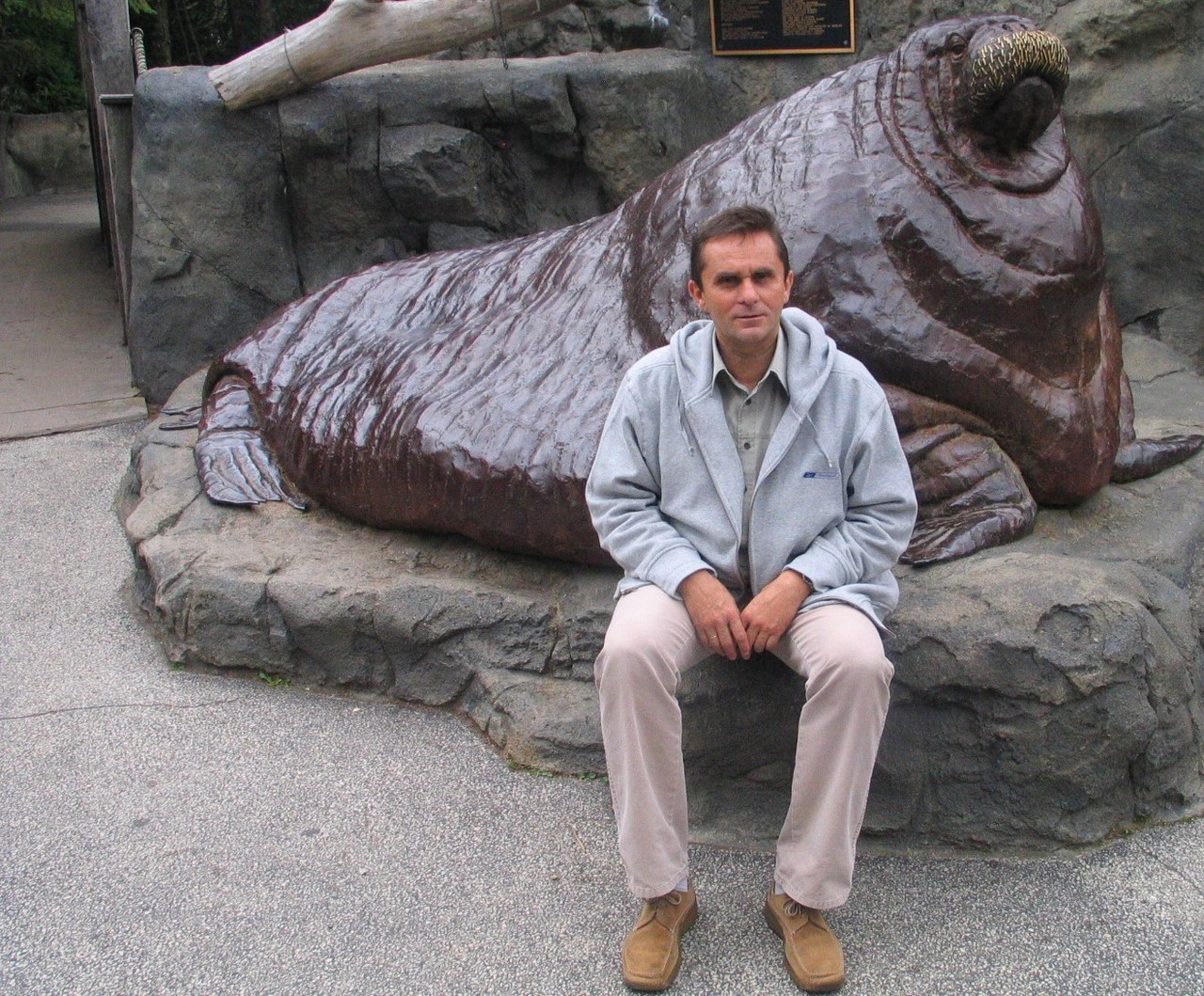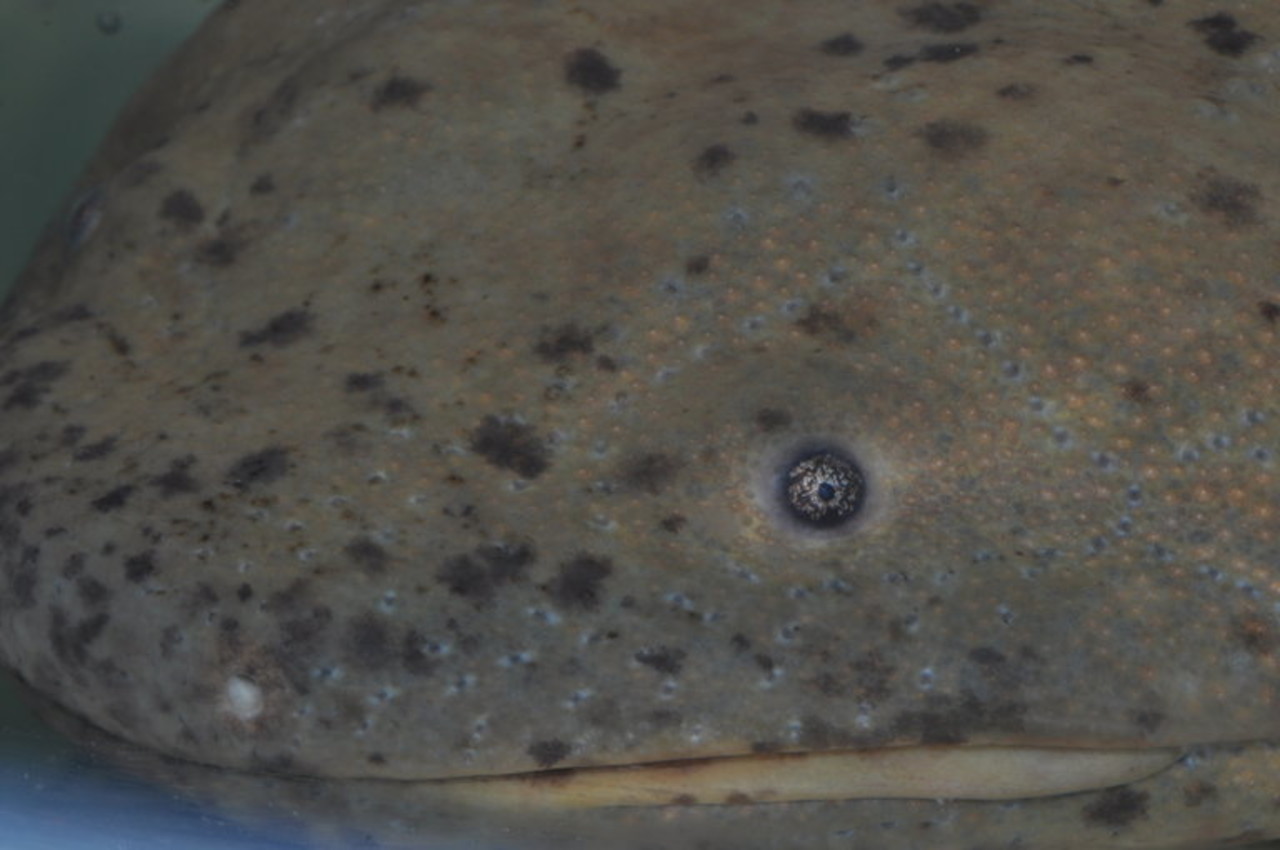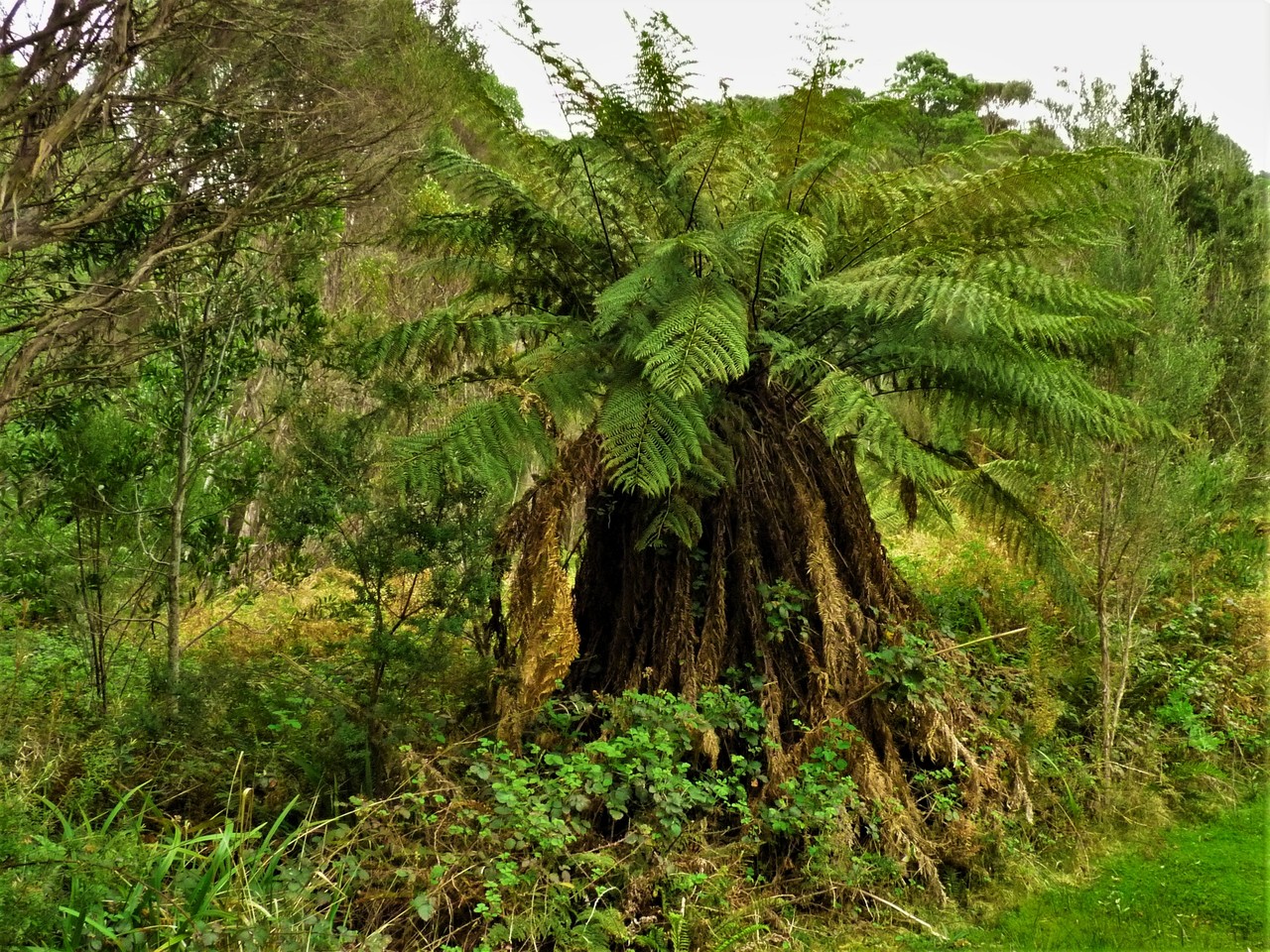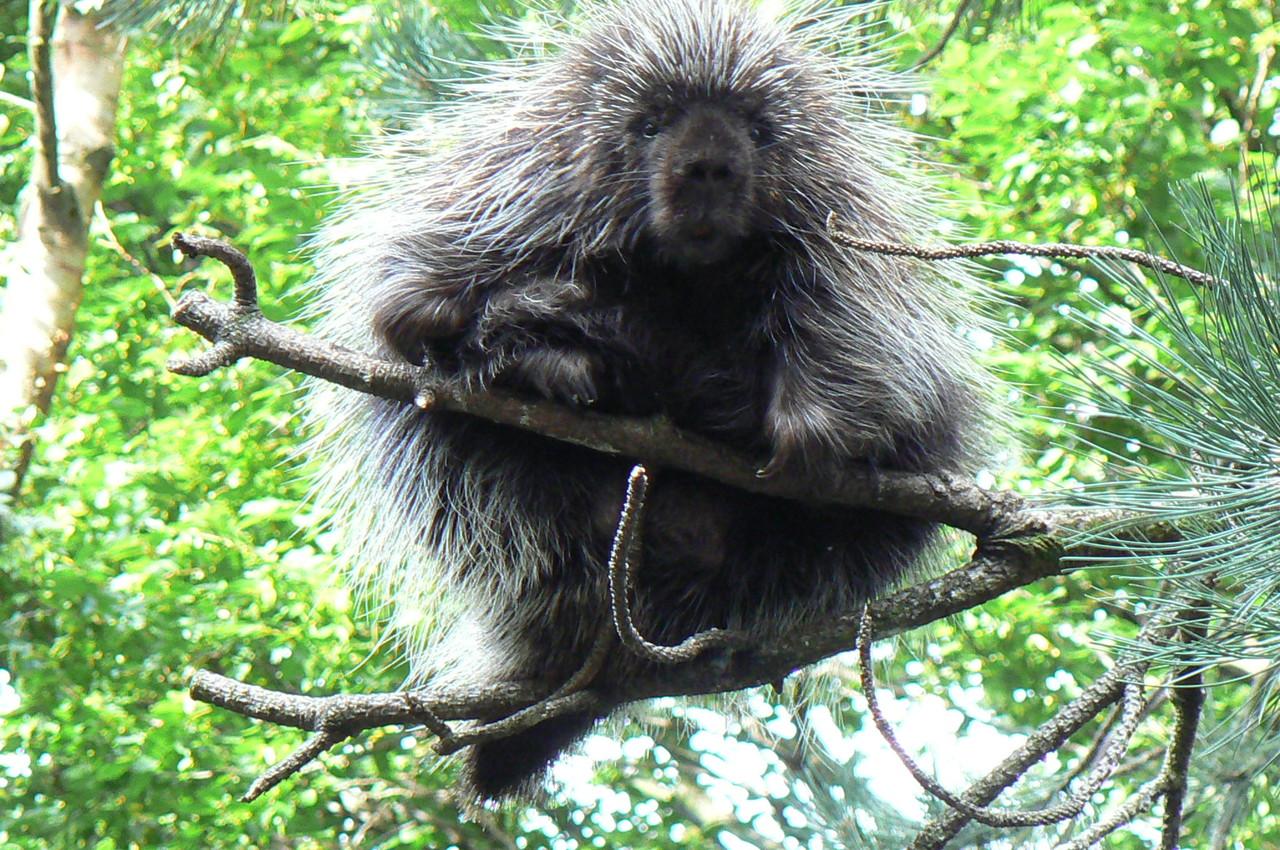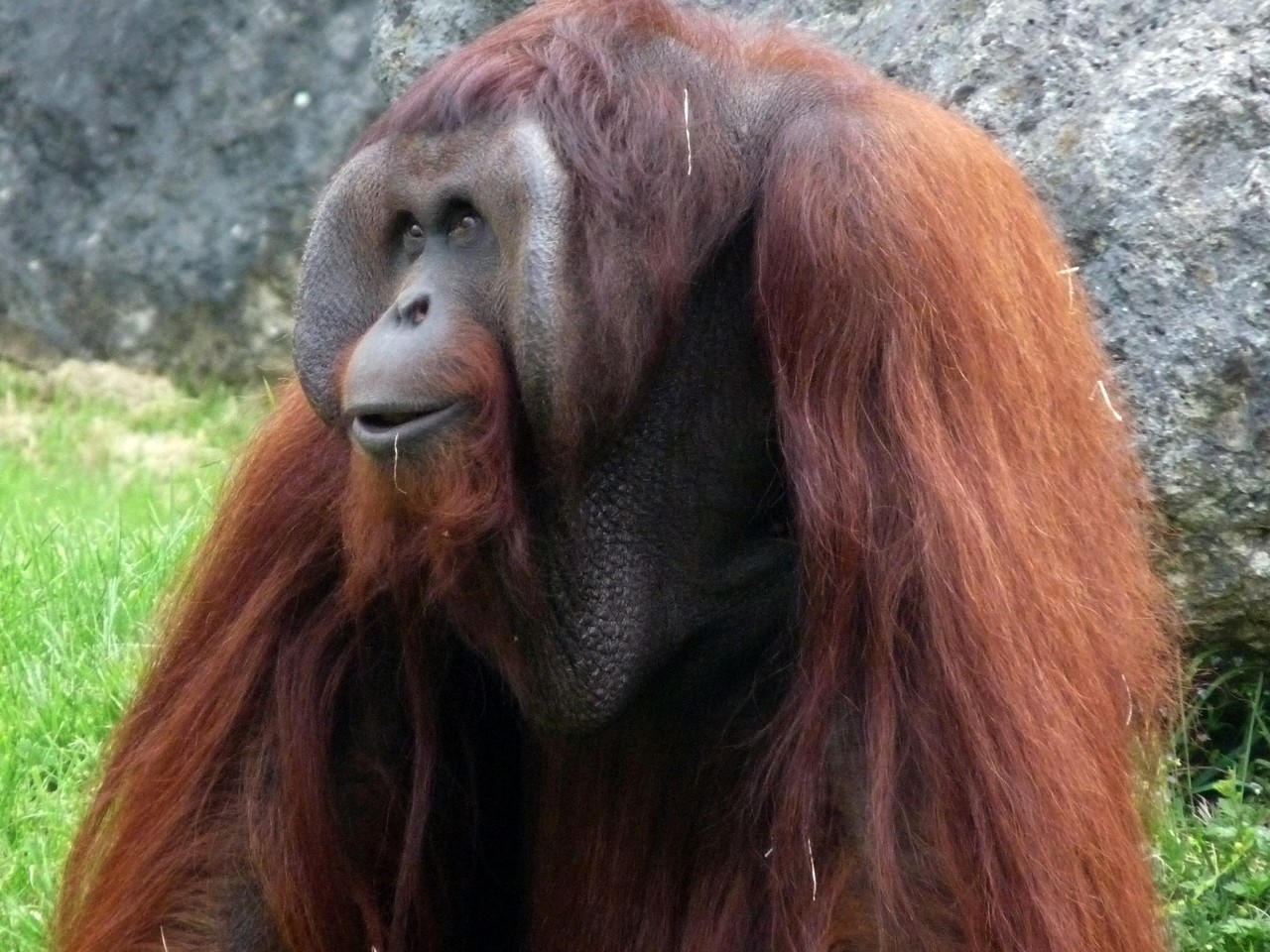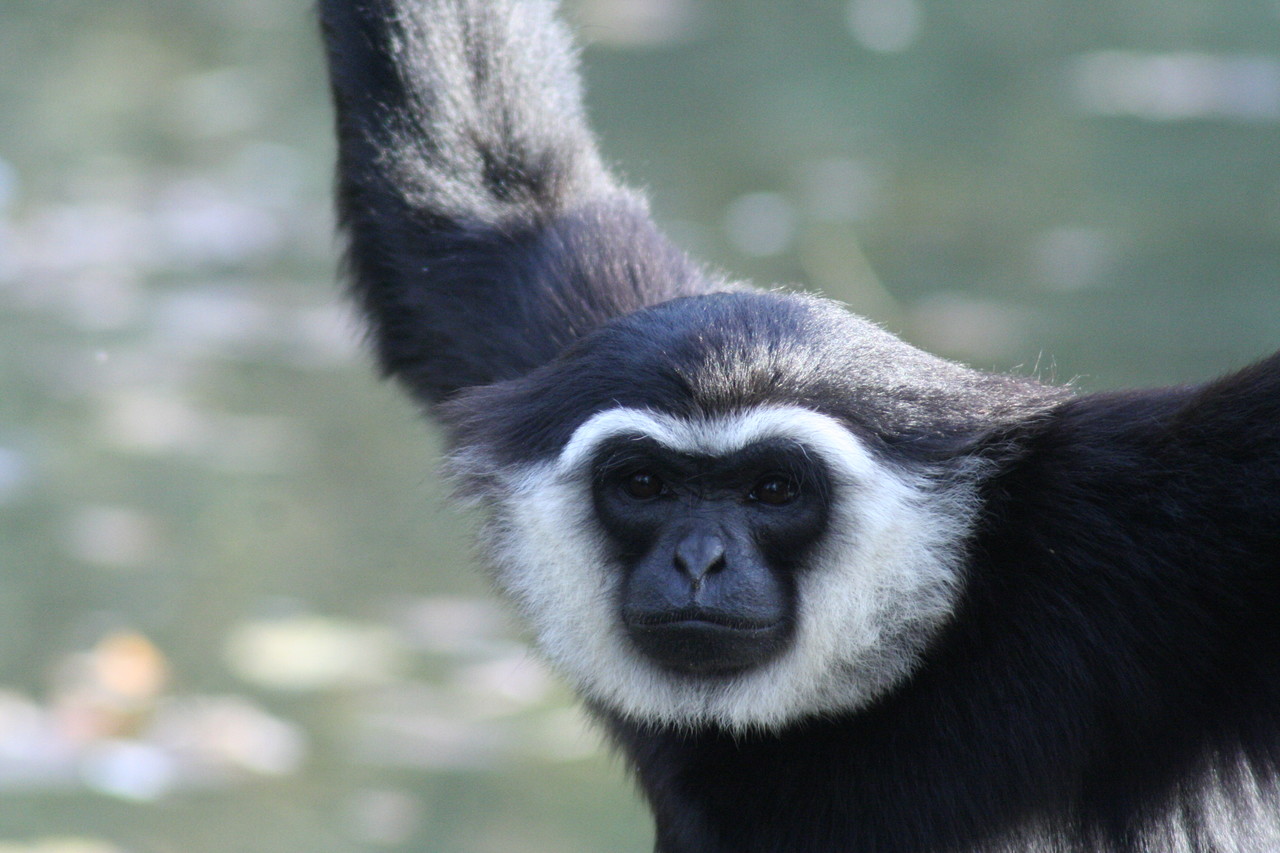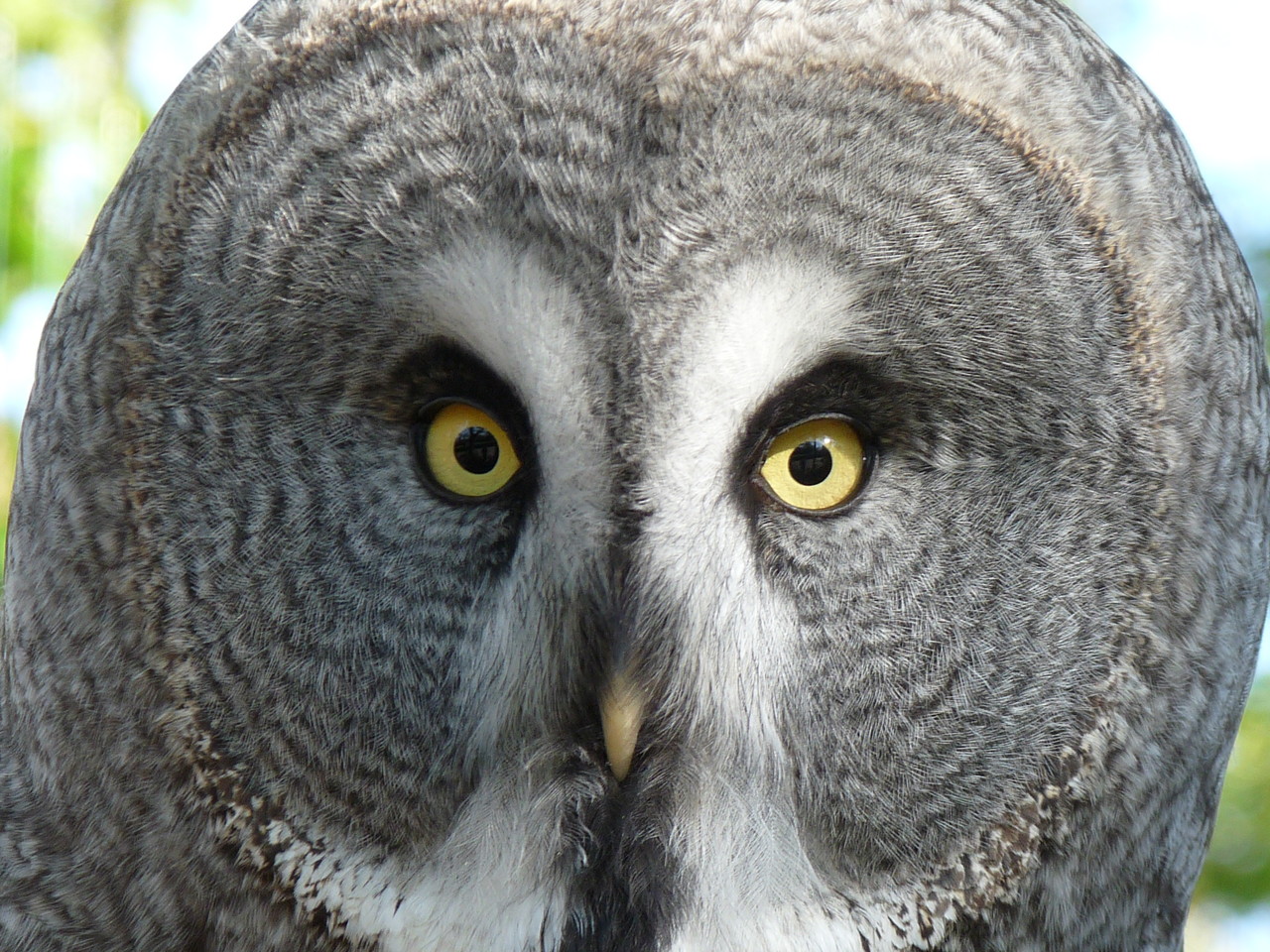Easter ab ovo
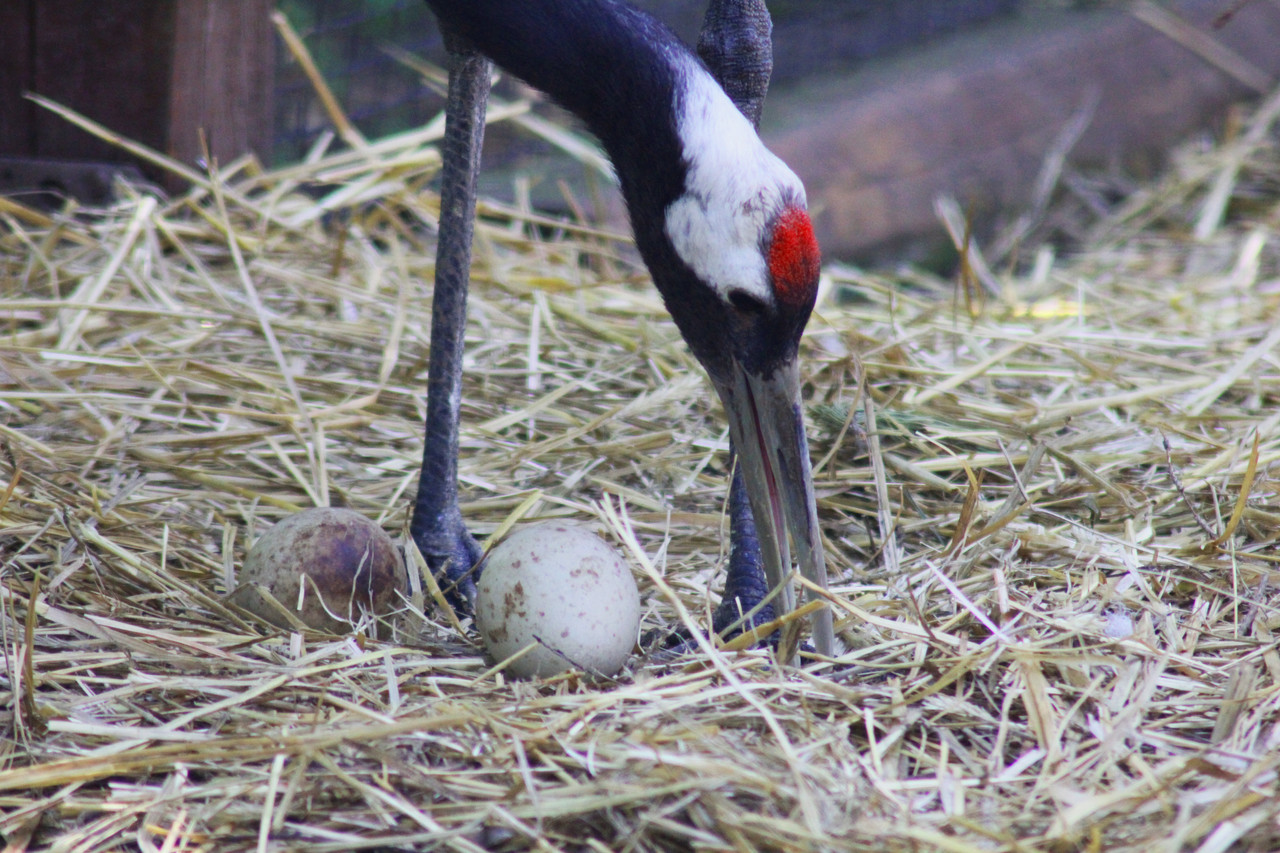
The first spring image are catkins and emerging flowers. In the spring Easter tradition, Easter eggs are an inseparable symbol of the reviving life. Various cultures have created their own ways of decorating Easter eggs; among others in Greece crimson-coloured eggs symbolize the blood of Christ, in some regions of Germany and Austria the green-coloured eggs symbolize Maundy Thursday. In Poland Easter eggs are a huge variety of designs and colours, and each region tries to outdo others in decorating Easter eggs.
And an egg is the beginning of life for every animal organism, and thus for each of us…
An egg cell is the nucleus of life of every living organism, and the bird eggs we know well are, after all, the largest egg cells. Few of us, however, are aware of their role in culture, symbolism and even religion, not to mention their obvious role in nature.
Birds' eggs are a truly self-sufficient arrangement, capable of keeping the developing embryo alive for a surprisingly long time. It only needs the right temperature and oxygen. Oxygen is delivered through a system of microscopic pores, of which about 10,000 are in a chicken egg, each with a diameter of 0.017 millimetres. Water and carbon dioxide escape through the same pores.
Biochemical transformations in the egg provide not only an adequate amount of food and energy for the developing embryo but also water which is a by-product of the occurring chemical reactions. The amount of water produced is precisely matched to the needs of the embryo, so that birds' eggs can grow in both dry and moist environments. And this is only a small fraction of the knowledge about the complex mechanism of life formation and the processes occurring in the egg formation of a new organism. Christmas and spring egg symbolism is all too eloquent.

Eggs of chicken, quail, goose, duck, ostrich are almost an everyday element of our menu. Still at the turn of the 19th and 20th centuries, the special delicacy was the eggs of peewit served on exquisite tables, but - to the point.
Bird eggs are a great wealth of forms. For the average observer, colour and size are the most noticeable, although for specialists the more difficult to see the features such as their shape, polarity, convergence of side surfaces, gloss and porosity of the shell are of no less importance.
Colouring and forms of bird eggs shock their wealth. The egg of a giant Madagascan ostrich, exterminated several hundred years ago, reached a weight exceeding 12 kg and a capacity of 10 litres, while the eggs of the smallest species of hummingbirds weigh about 0.2 grams. Colouring of bird eggs depends only on two types of dyes: blue-green oocyanine and brown-red protoporphyrin, and yet the degree of their content and the manner of distribution of dyes determine the huge variety of colours. In the natural world, the colour of the egg determines its survival potential. Birds in an incredible way can even adapt the colour of eggs to the surrounding environment, or resemble the appearance of other eggs as do cuckoos.
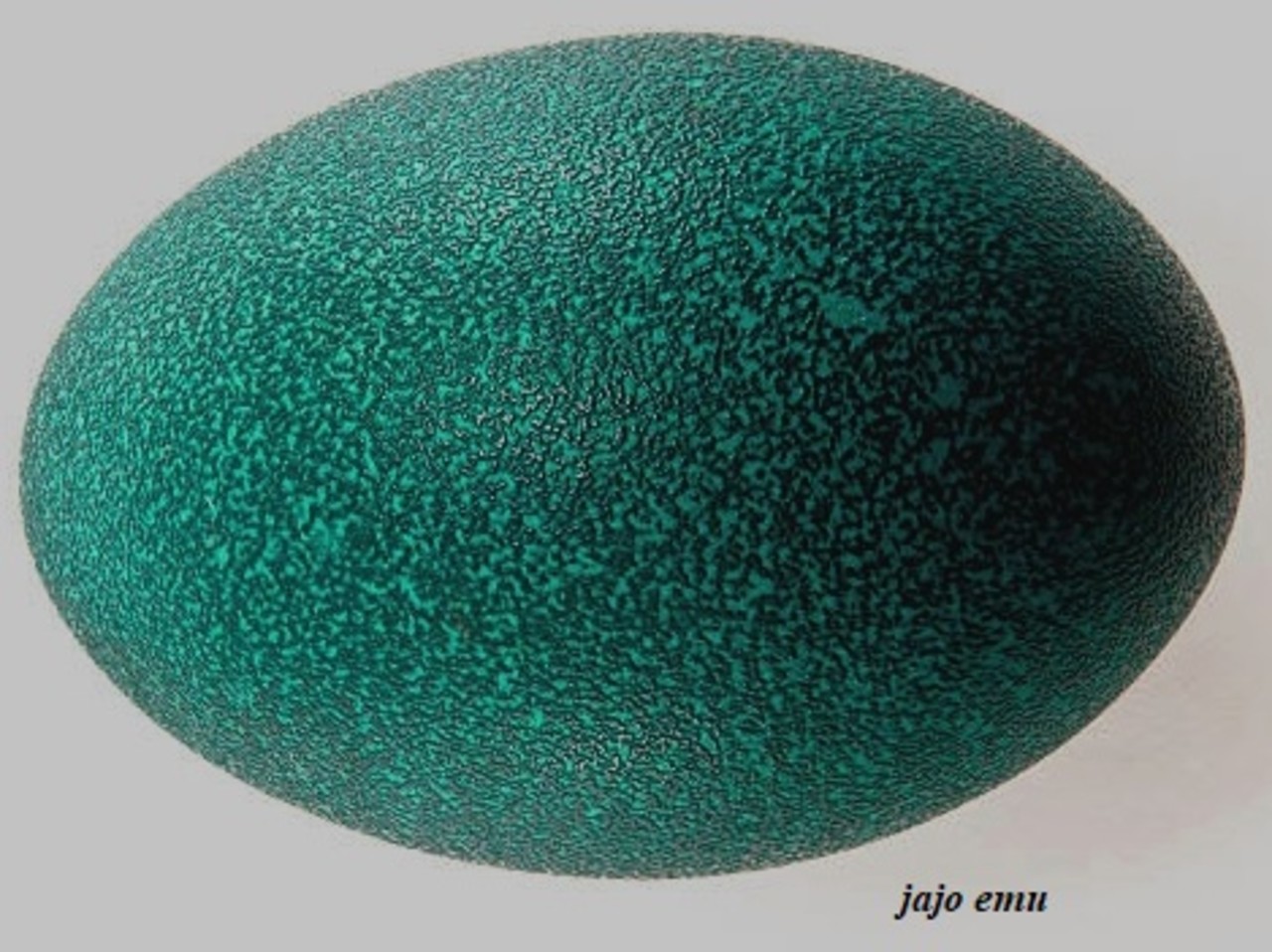
Beautifully coloured eggs of Australian emu, weighing over 0.5 kg, are decorated with thick intricate dark green veining on a light green background.
In birds we deal with one very interesting phenomenon - the coloration of eggs can change in the nest, and so after they are laid - in harriers and grebes the colourless eggs darken under the influence of rotting plants from which the nest is built. Thanks to this the eggs are almost invisible in the open nests of these birds. In hidden nests eggs are usually colourless, and in open nests they have various patterns.
Among our native species of birds, we can also find interesting examples - a common sparrow lays beautifully coloured eggs in a dozen or so patterns and shades, depending on the environment and the material from which the nest is being built. Similarly, a tiny, inconspicuous tree pipit lays its eggs whose patterns could be an inspiration for many graphic artists.
An impressive set of natural Easter eggs could be created by inserting into the basket eggs of honey buzzard, grey heron, song thrush, golden oriole, icterine warbler, common blackbird, yellowhammer and many other Polish bird species.
And in the spring these wonders of nature - truly Easter eggs appear in birds’ nests as in Easter baskets. The spring motif of reflection on the emergence of life and the beauty of nature should make us reflect, the mystery of Easter is also hidden in the works of nature, which we often cannot perceive in everyday life.
Aleksander Niweliński



